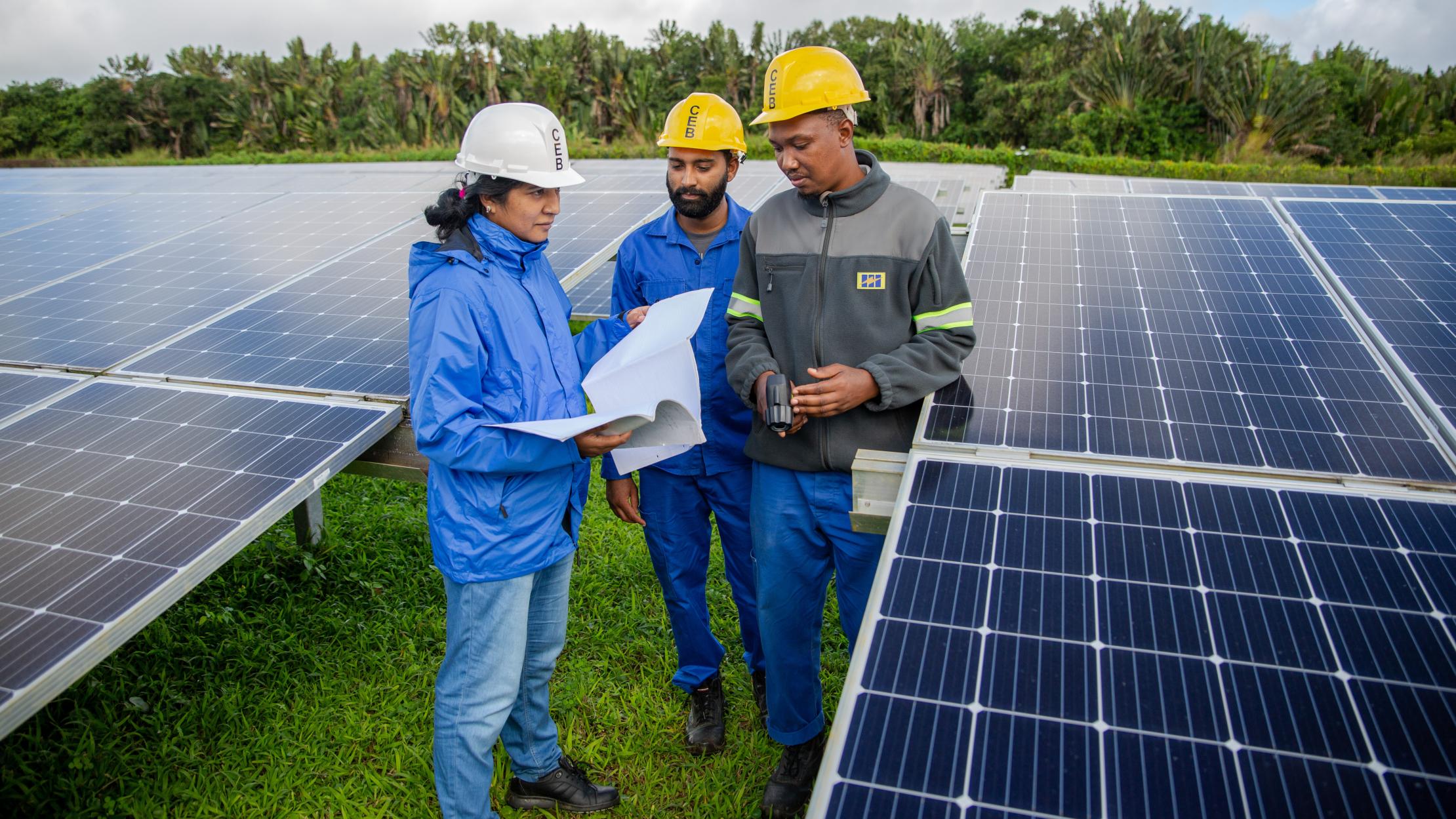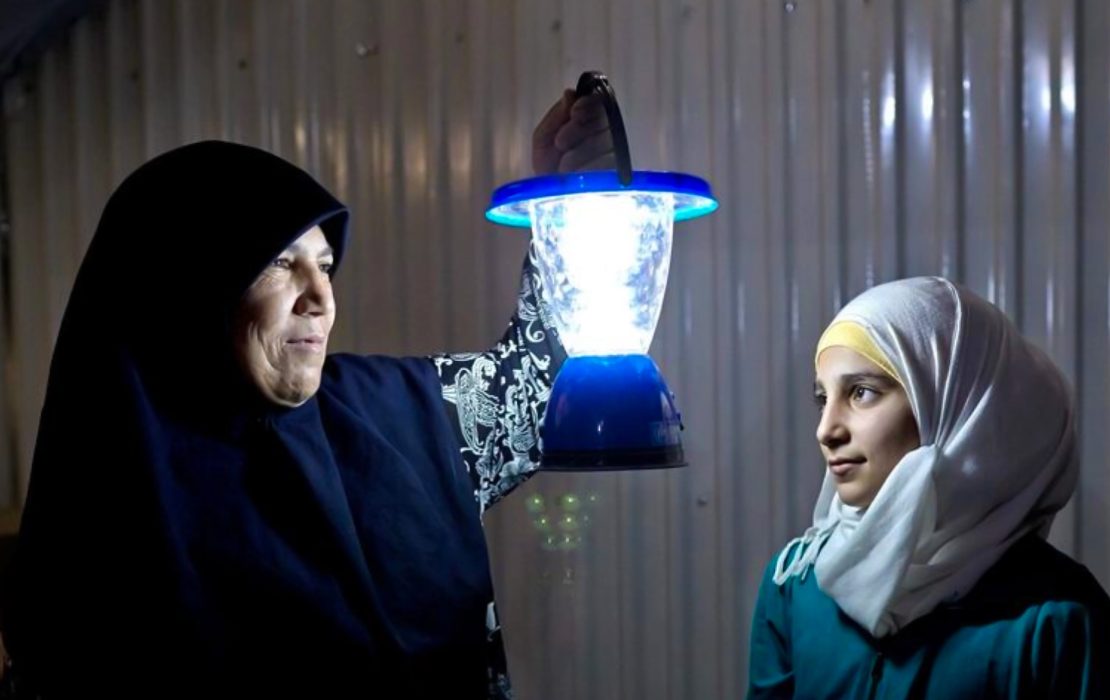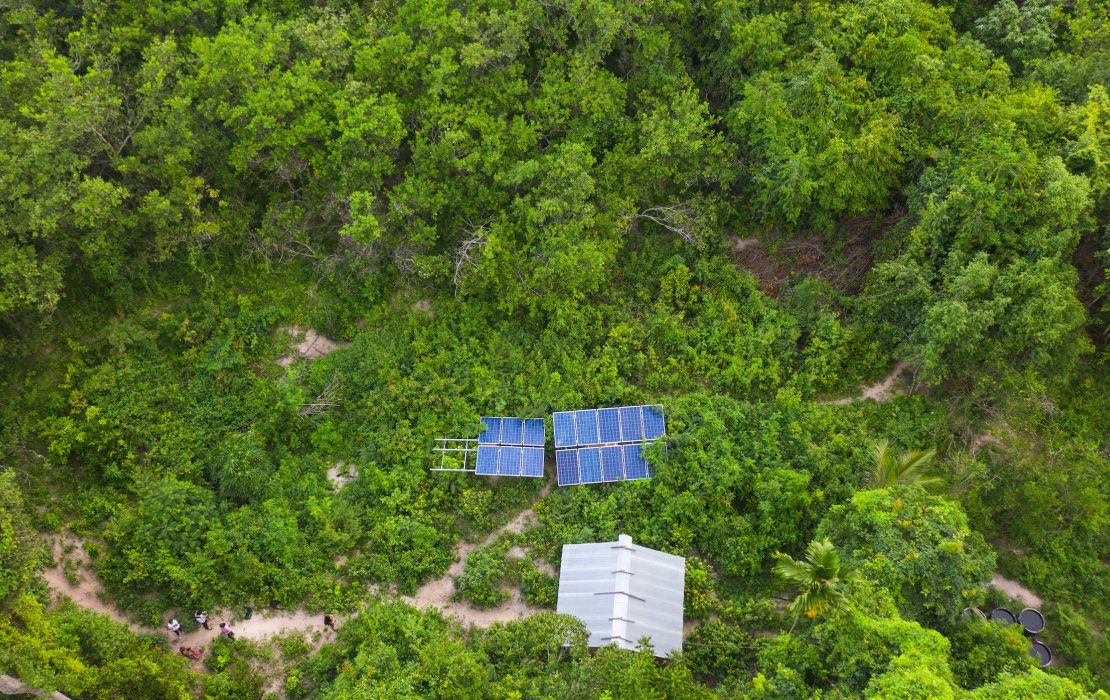
Photo: UNDP Mauritius and Seychelles
The latest data on SDG7 paints a frustrating picture – for the first time in a decade, progress on energy access has reversed as population growth outpaced new connections. In sub-Saharan Africa alone, 570 million people live without access to electricity, three million more than in 2021. Additionally, 1.18 billion people globally still live in energy poverty highlighting the need to consider energy access beyond simple connections to include quality, reliability and affordability. These figures underscore the urgent need for targeted interventions and increased financing to address the urban-rural divide and the underinvestment in energy infrastructure in many African countries.
Under SDG 7, countries committed to strive for universal electricity access by 2030. Considering the current trends and growing access gap, this now feels almost unreachable. To get us back on track, national governments and the international community need to figure out how to get funding to where it’s most needed as quickly as possible. In recent years, it has been recognized that decentralized renewable energy has the potential to electrify a significant portion of the unelectrified population in sub-Saharan Africa by 2030, especially in rural areas. However, progress has been slow due to the significant investment required, which is hindered by high perceived risks, political uncertainty, and inadequate infrastructure. So, despite this potential, we are still far from meeting the annual investment projection of US$30 billion. The private sector is expected to play a crucial role in bridging this gap, but investments are lagging due to these risks, leading to high financing costs and unaffordable tariffs for many communities.
The situation is particularly challenging for minigrids, which, as infrastructure-based technologies, rely heavily on a stable, predictable and supportive environment. Consequently, minigrids face significant obstacles in market development, financial investment and social acceptance compared to standalone systems, which are owned by individuals and are less dependent on institutional stability. Therefore, the success of renewable minigrids will largely depend on effective derisking measures and enhanced coordination between the public and private sectors.
DREI: A framework to derisk renewable energy investments
To respond to these challenges, UNDP and ETH Zurich have developed a framework to support policymakers in addressing the perceived risks of investing in renewable energy in emerging markets for private investors. The Derisking Renewable Energy Investment (DREI) framework is an innovative theory of change and methodology to support governments in selecting packages of public instruments to promote private investment in renewable energy technologies. These packages include policy instruments to address systemic risks, financial derisking instruments that transfer risks from the private to the public sector, and direct financial incentives to reward investors willing to take on residual risks that often hinder investments. Ultimately, DREI supports policymakers by offering a structured analysis that demonstrates how each stakeholder group in the sector influences investor risks and outlines strategies to address these risks.
We have now piloted the DREI framework and applied it to solar photovoltaic/battery-powered minigrids in several countries. Here are some of the ways in which the DREI framework is helping bridge the gap between the public and private sectors to foster the deployment and expansion of solar minigrids:
- Developing derisking action plans. Recently, UNDP supported Burkina Faso, Mali and Niger in applying the DREI framework to develop action plans for each country. These plans outlined key derisking activities, identified relevant stakeholders for engagement, and provided initial cost estimates for implementing the derisking instruments. This collaborative effort, validated through stakeholder workshops and endorsed by two of the three energy directorates, has paved the way for increased private sector engagement.
- Facilitating dialogues between the public and private sectors. In Burkina Faso, the analysis revealed that digital risks significantly hinder remote monitoring for minigrid developers. To address this risk, UNDP facilitated discussions with telecom companies to expand their rural reach, enhancing monitoring capabilities and exploring telecoms as anchor loads for minigrids. This collaboration highlights the importance of coordinated public-private efforts in mitigating risks and supporting minigrid deployment. The DREI framework addresses immediate challenges and helps define a pathway for sustainable energy solutions in underserved regions.
- Informing national electrification policy. The DREI action plans emphasized the critical need for national electrification strategies. Before November 2023, Burkina Faso lacked a comprehensive strategy, resulting in significant energy market risks due to the unclear role of minigrids. Stakeholder engagement revealed this absence as a major barrier. The adoption of a DREI action plan by Burkina Faso's energy directorate marked a turning point, facilitating the development of a rural electrification strategy and underscoring the importance of strategic planning and coordination in addressing energy challenges and attracting investment in minigrids.
Through UNDP’s Africa Minigrids Program (AMP), similar analyses are planned for 21 countries to identify potential interventions and actions needed to reduce perceived risks related to renewable energy investments. These efforts are informing national dialogues being planned in countries where AMP is present on key issues that must be addressed between the public and private sectors to advance the solar minigrid sector. By implementing the DREI framework across these countries, we aim to contribute to transforming the investment landscape for minigrids, significantly reducing risks and catalyzing the flow of private capital into the sector. Our goal is to accelerate progress towards universal energy access, demonstrating that strategic, well-coordinated efforts can indeed crack the code on unlocking private capital for solar minigrids, ultimately improving the lives of millions.
***
Author’s note: Many thanks to Sana Bega (UNDP Burkina Faso), Marc Kramo (UNDP Dakar Hub) and Idris Bexi (UNDP Mali) who provided insights into the implementation of the DREI framework in their respective countries.



